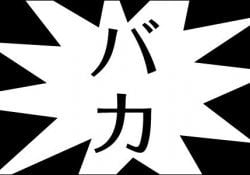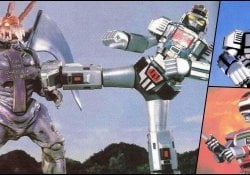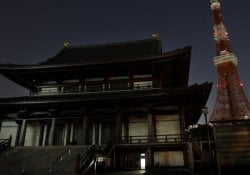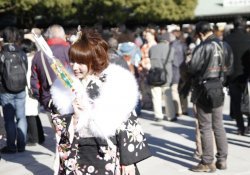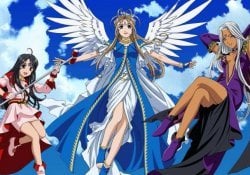The Japanese language is fascinating and rich in nuances, especially when it comes to expressing gender and age. In this article, we will explore the different ways of saying "man" and "woman" in Japanese, as well as other related words, such as "boy", "girl", "boy" and "girl".
We also recommend reading:
女 - Onna - Women's Ideogram
The character “onna” [女] represents a woman. The original form of the character (in ancient Chinese) showed a person kneeling with arms crossed, suggesting a woman in a submissive or modest position.
This image reflects the historical perception of women's role in society, which used to be more passive and domestic. Although gender perceptions and roles have evolved over time, the form of the ideogram has remained largely unchanged.
It is important to note that kanji meanings and etymology are not always an accurate representation of current attitudes and beliefs regarding gender.
Here are some examples of Japanese words that use the character for woman, 女 (onna):
- 女子 (joshi): girl, young man (informal)
- 女性 (josei): woman, feminine
- 女の子 (onna no ko): girl
- 美女 (bijo): beautiful woman, beautiful lady
- 女王 (joō): queen
- 女優 (joyū): actress
- 女装 (josō): dress up as a woman, crossdress (in the case of men)
- 男女 (danjo): men and women, both sexes
- 女心 (onnagokoro): woman's heart, woman's mind
- 女らしい (onnarashii): feminine, delicate
These words illustrate the versatility of the ideogram for woman, 女, and how it can be used in different contexts to describe various characteristics, professions and attributes related to the female gender.
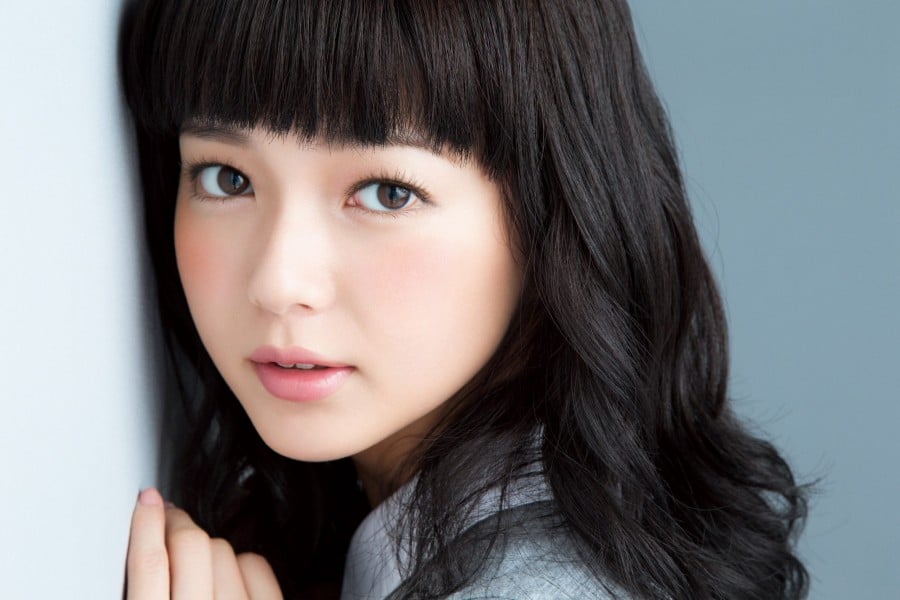
男 - Otoko - Man Ideogram
The "otoko" ideogram [男] is composed of two elements. The upper (田) represents a rice field, while the lower part (力) represents strength or power.
The etymology of this kanji is related to the idea that men, in antiquity, were seen as responsible for heavy work in the fields. Thus, the combination of these elements conveys the idea of physical strength associated with agriculture and work.
Let's explore some Japanese words that use the ideogram for man, 男 (otoko). Here are some examples:
- 男子 (danshi): boy, youth (informal)
- 男性 (dansei): man, masculine
- 男の子 (otoko no ko): boy
- 男前 (otokomae): handsome, attractive man
- 男爵 (danshaku): baron
- 男優 (Dan'yū): Actor
- 男装 (dansō): to dress like a man, cross-dress (in the case of women)
- 男女 (danjo): men and women, both sexes
- 男心 (otokogokoro): man's heart, man's mind
- 男らしい (otokorashii): virile, masculine
These words show how the ideogram for man, 男, is versatile and can be used in different contexts to describe various characteristics, professions and attributes related to the male gender.
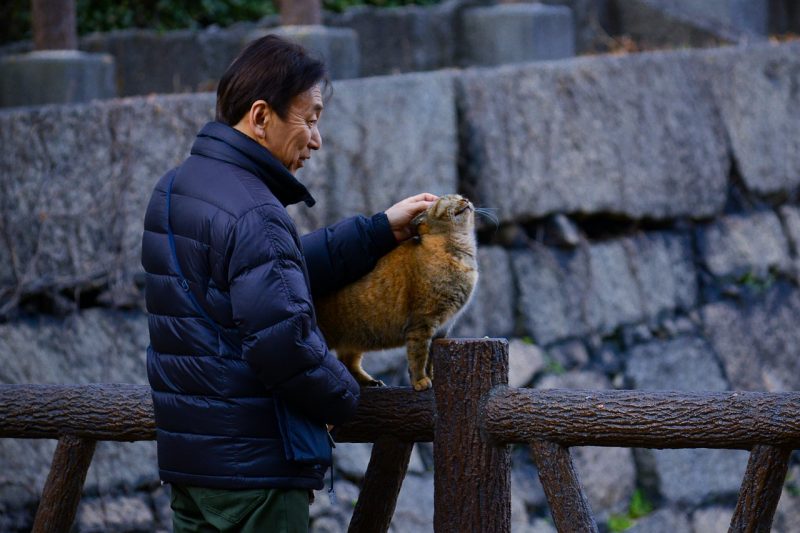
Boy and Girl in Japanese
Now, let's address words that refer to children and teenagers:
- Boy: 男の子 (otoko no ko)
- Girl: 女の子 (onna no ko)
- Boy, young (informal): 男子 (danshi)
- Girl, young man (informal): 女子 (joshi)
Other similar terms are:
- 少年 (shōnen): boy, youth; also used to refer to manga aimed at a young male audience
- 少女 (shōjo): girl, young; also used to refer to manga aimed at a young female audience
- 青年 (seinen): rpeace, young man; also used to refer to manga aimed at a young adult male audience
- 青少年 (seishōnen): teenager, young (both genders)
- 少年少女 (shōnen shōjo): boys and girls, youth (both genders)
- 幼児 (yōji): small child, baby (both genders)
- 学童 (gakudō): student, scholar (both genders)
- 高校生 (kōkōsei): high school student (both genders)
These expressions are commonly used to describe children and adolescents of both genders.
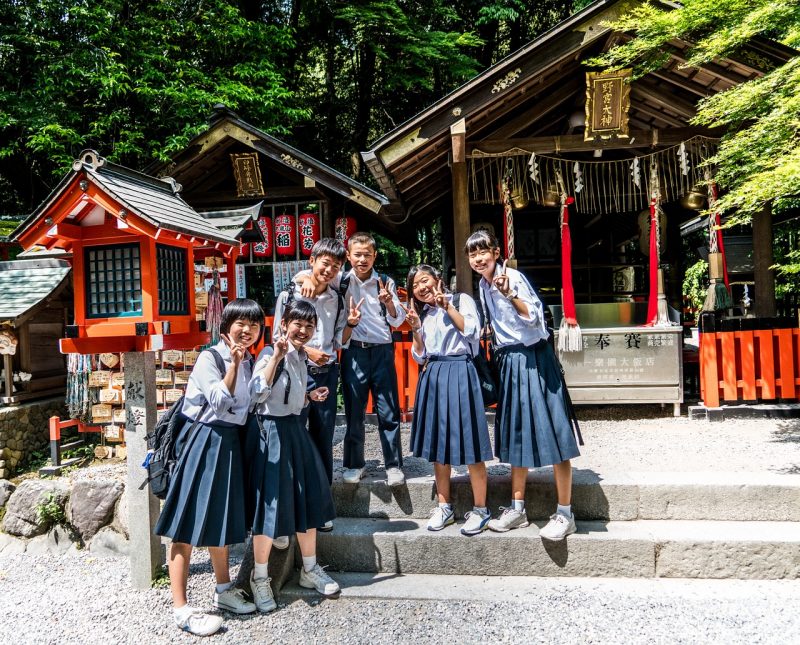
The article is still halfway through, but we recommend also reading:
Other gender words in Japanese
In addition to the basic ideograms for "man" and "woman", there are also other kanji related to gender and age, such as:
- Boy, child: 子 (ko) – used for both boys and girls
- Young: 若 (waka) – used as a prefix to indicate youth, as in 若い男性 (wakai dansei, young man) and 若い女性 (wakai josei, young woman)
- Old man, elder: 老 (rō) – used as a prefix to indicate old age, as in 老人 (rōjin, old man or elder)
There are other words and expressions in Japanese that also refer to gender and age:
- Middle-aged man: 中年の男性 (chūnen no dansei)
- Middle-aged woman: 中年の女性 (chūnen no josei)
- Sir, Older Man: おじさん (ojisan)
- Lady, Older Woman: おばさん (obasan)
Note that "Ojisan" and "Obasan" can also be used informally to refer to uncles and aunts, respectively.
Here are some useful expressions related to marriage and relationships:
- Husband: 夫 (Otto), ご主人 (Goshujin) - Most formal
- Wife: 妻 (tsuma), お婦人 (Ofujin) - More formal
- Boyfriend: 彼氏 (kareshi)
- Girlfriend: 彼女 (kanojo)
- Groom: 婚約者 (konyaku-sha)
- Bride: 婚約者 (konyaku-sha)

